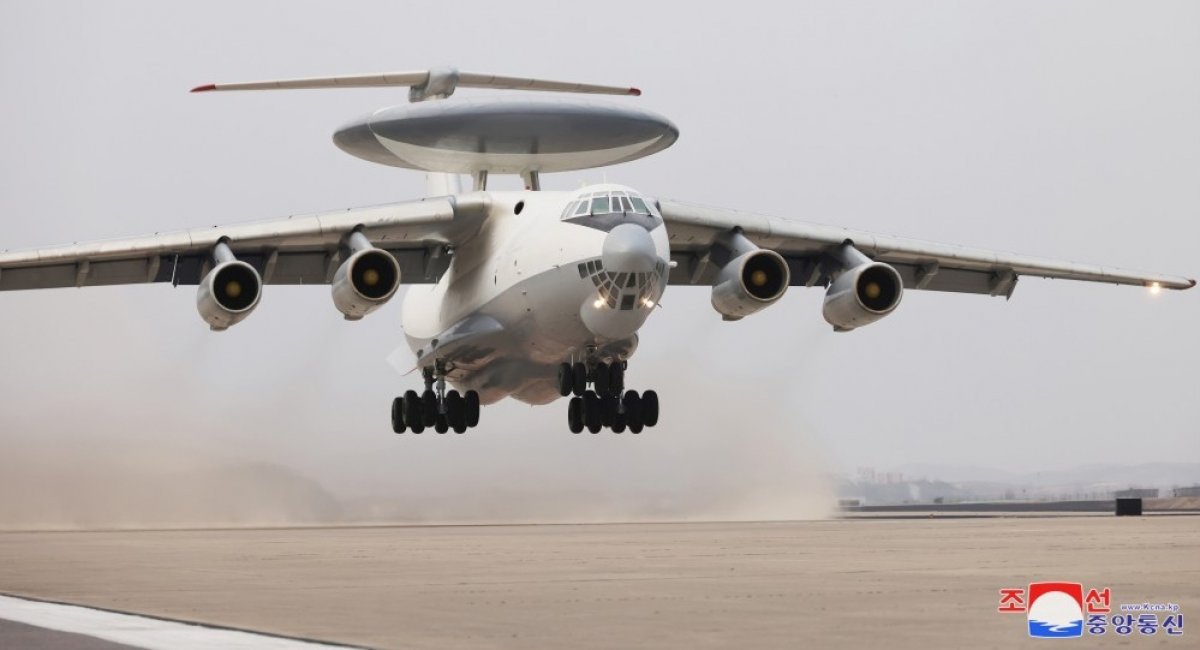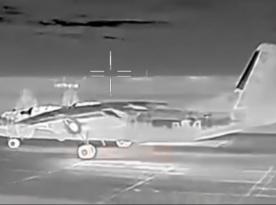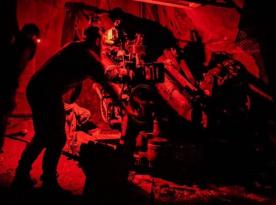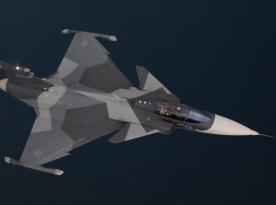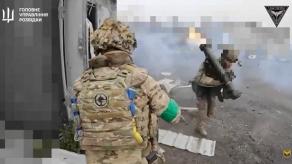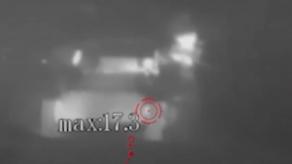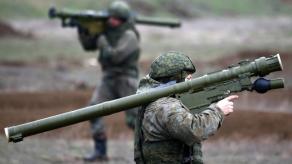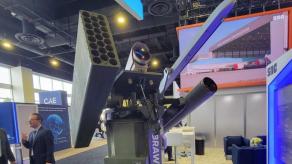North Korea’s years-long development of an airborne early warning and control (AEW&C) aircraft is now in its final stages, as it has been publicly demonstrated flying for the first time. Pyongyang released images of the aircraft alongside announcements about new drone developments, including copies of Israeli loitering munitions and an impressively precise replica of the RQ-4 Global Hawk.
Assumptions that this aircraft has more Chinese and Israeli technological influence rather than russian assistance have been confirmed. Notably, in early March, satellite images showed the aircraft already equipped with a radar system.
Read more: russia Has Flown A-50 AEW&C Aircraft For the First Time in Over Six Months
The way the radar radome was painted indicated that it is a fixed system, resembling the solution used in the Chinese Shaanxi KJ-2000, which was developed in the 1990s for China by russia and Israel under the designation A-50AI (or A-50I). The airframe came from russia’s Il-76, while Israel provided the EL/M-205 Phalcon AESA radar, featuring three antennas for full 360-degree coverage. Meanwhile, russia’s A-50 and its modifications use the Shmel system with a rotating radar.
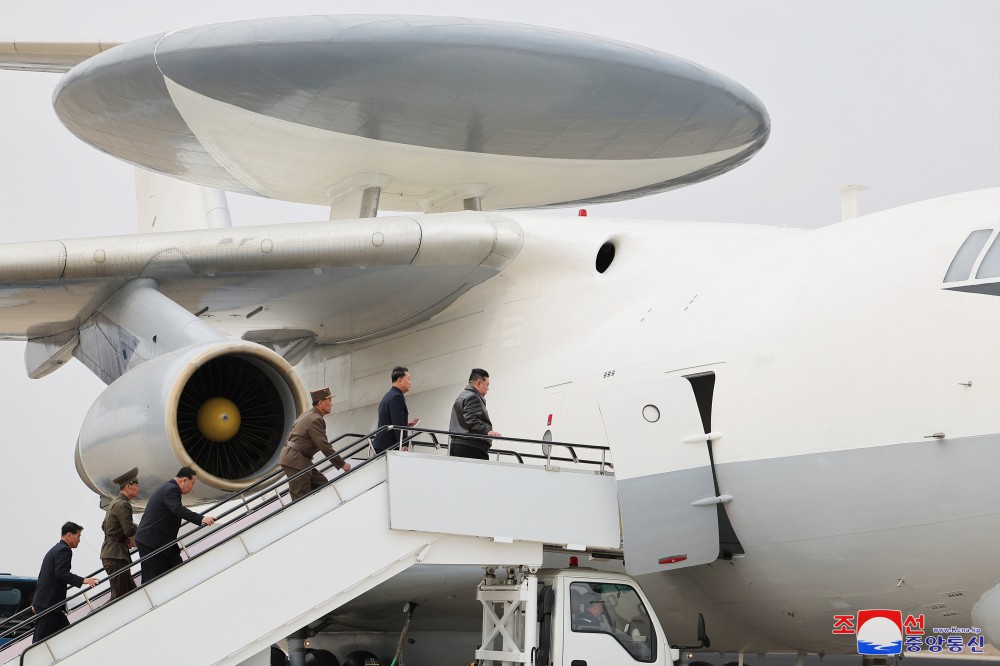
In the photo above, attention should be given to the radar mounting. As seen, the structure is stationary, confirming the assumption about the radar's design. For comparison, the photo below shows the russian A-50U with a rotating radar that spins at a speed of six revolutions per minute.
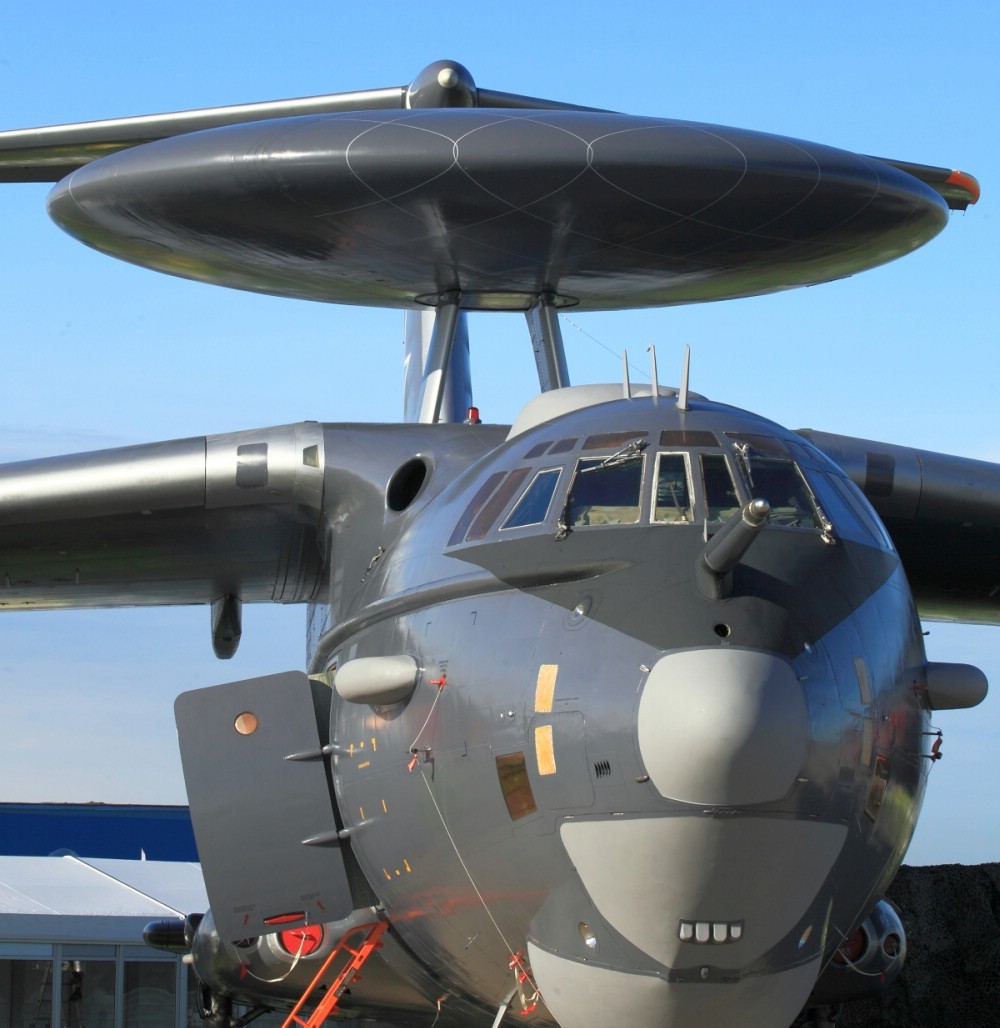
Now, here is a photo of the Shaanxi KJ-2000, which also has a fixed radar. It is worth noting that Israel did not officially transfer the EL/M-205 Phalcon radar to China due to U.S. pressure and ceased work on the project in 2002. However, this did not stop Beijing from launching its first aircraft with an indigenous equivalent radar, developed by CETC, in 2003.
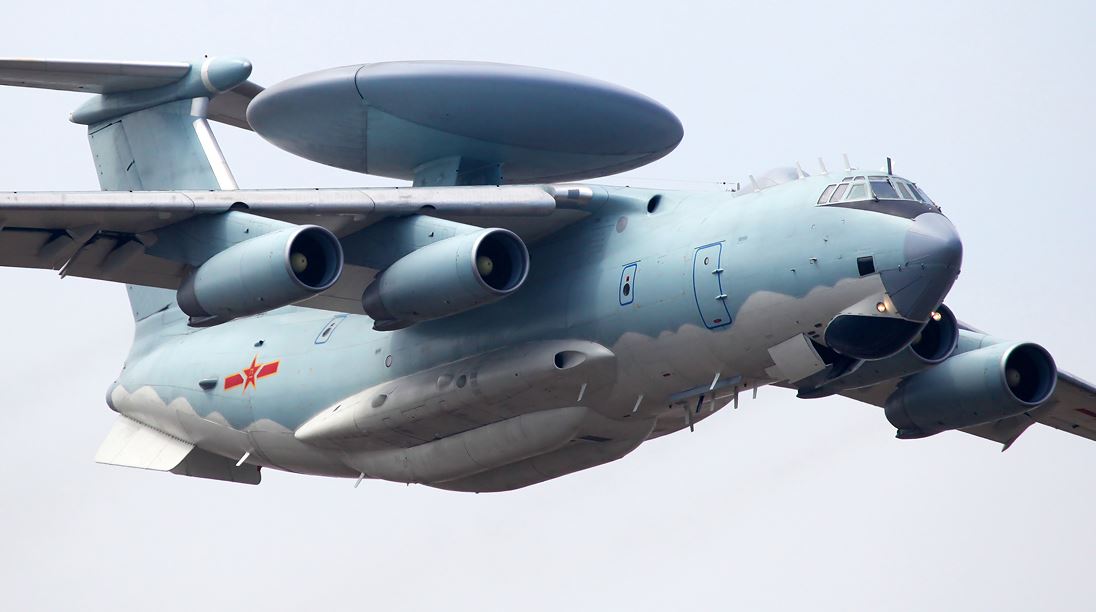
Additionally, an interior photo of the aircraft has been published. Inside, all operators are seated facing the flight direction, unlike in the russian A-50, where most seats are arranged along the fuselage. This layout is also used in the Chinese aircraft.
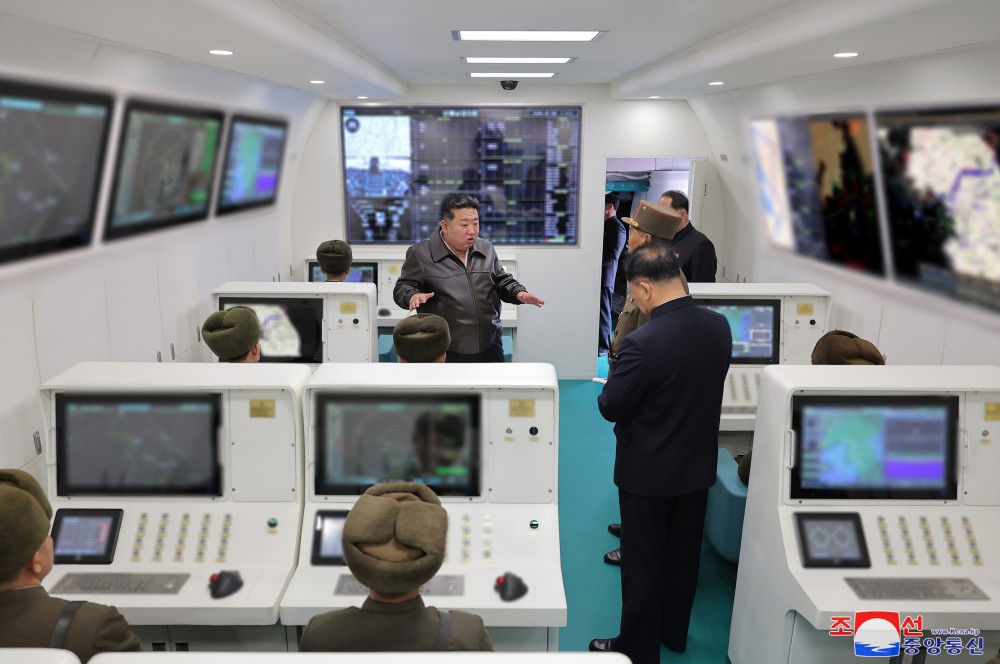
Thus, North Korea now possesses an AEW&C aircraft that is potentially superior to what russia currently operates. The A-50 and A-50U rely on significantly simpler rotating radars, where the speed of rotation directly affects the data update rate. Furthermore, the Chinese radar is based on AESA technology, which provides better detection of small targets at greater distances and offers superior resistance to electronic jamming.
Read more: First Combat Duty of Saab 340 AEW&C in Poland Shows How Long It Takes to Deploy This System




